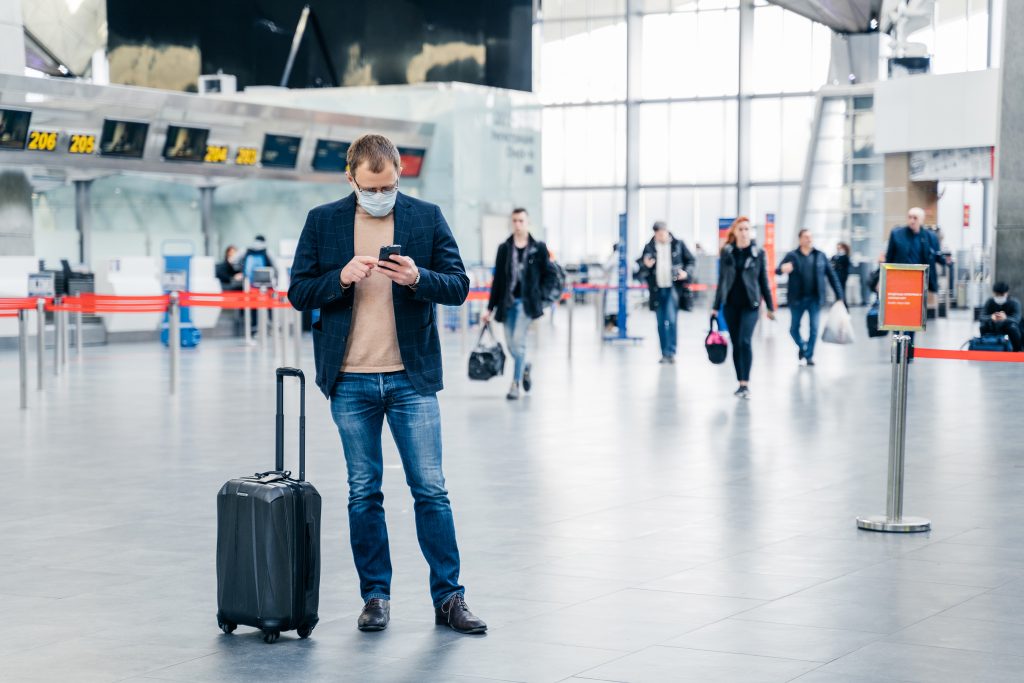
We’ve all seen the little check box when you buy a ticket asking if you want to add travel insurance to your trip cost. Plus, you may have been offered additional “travel assistance” in the form of a membership, many of which include emergency medical repatriation.
So what’s the difference between travel insurance and travel assistance? And why—or when—would a traveler need one or the other (or both?)
Basically, when you buy travel insurance, you’re paying to be covered for losses that occur while traveling. The rate is usually based on the cost of your trip. When you purchase a travel assistance membership, you’re paying for support services in case of an emergency while traveling. Rates are usually set for memberships, which can cover anything from a short weekend away to yearly coverage for repeat or long-term travelers.
So do you really need both? The short answer is “yes,” though at the end of the day, buying travel insurance and/or travel assistance is a personal decision.
There are some scenarios, however, where coverage such as trip cancellation and interruption insurance really isn’t worth it, for example, a $79 round-trip domestic flight on a discount airline. On a $20,000 luxury cruise to the Greek Islands, though, we say a hearty “heck yes.” The same goes for baggage insurance, which is usually included in most trip cancellation and interruption policies. Certain credit cards already include this type of insurance—though it may have limits, so be sure to check with your provider before you rely on that.
What about emergency medical coverage? According to the World Tourism Organization, more than half of all travelers to developing countries get sick while abroad, and 8 percent of these have symptoms severe enough to warrant medical attention. So while a bout of traveler’s tummy might not need anything more than a trip to the local pharmacy, critical illnesses and injuries do occur. Think you’re covered with your Medical or Traditional Health Insurance plan? Think again: most plans provide little or no coverage; in fact, only a very small percentage cover this service and many of those only pay for transportation in restricted medical situations.
This is where specialized travel assistance membership programs come into play.
Specialized memberships such as SkyMed TAKES YOU HOME go beyond the usual “travel assistance” parameters: this company actually arranges and pays for your transport to your home hospital in the U.S. or Canada. Assistance companies may transport their members to the closest appropriate hospital, whichever one they determine is adequate for their member’s medical care. However, members of most HMOs and PPOs must return home to validate further medical cost containment once they are stabilized for travel. Being in your home network can mean the difference between thousands of out of pocket expenses and being covered by your personal health insurance policy.
Optional services offered by assistance programs can include 24-hour multilingual help lines, help with prescription drugs, medical provider locations, translation services, lost baggage assistance and much more.
Most travel experts agree the medical evacuation and repatriation services included in specialty travel assistance membership programs are a must for any traveler. This is the service you hope to never have to use, but with medical evacuations costing tens of thousands of dollars, it pays to be prepared for the unexpected. Also, be sure to read the fine print before you sign up for any membership: as mentioned above, many companies will fly you to the medical facility of their choice, not yours. Make sure you’re the one who decides where you need to go.
So which one should you buy—or not? Your first step is to compare the cost of the policy against the cost of the trip. Is that $79 round-trip worth covering, or is it taken care of under your credit card protection? Again, make sure you read the fine print, and look for insurance that’s independent from your tour operator and licensed by the state. You’ll want to keep those separate in case the tour operator or the cruise line goes under.
What about travel assistance and emergency medical repatriation services? Well, think about it this way: it’s very hard to foresee an accident, a heart attack or any number of things that can go wrong. More often than not, nothing will happen. But if it does, you’ll be either be overjoyed you paid for that membership—or you’ll really wish you had. And that goes for any sort of trip, whether it’s the $79 jaunt two states over or the $79,000 trip around the world.
Safe travels, always!







